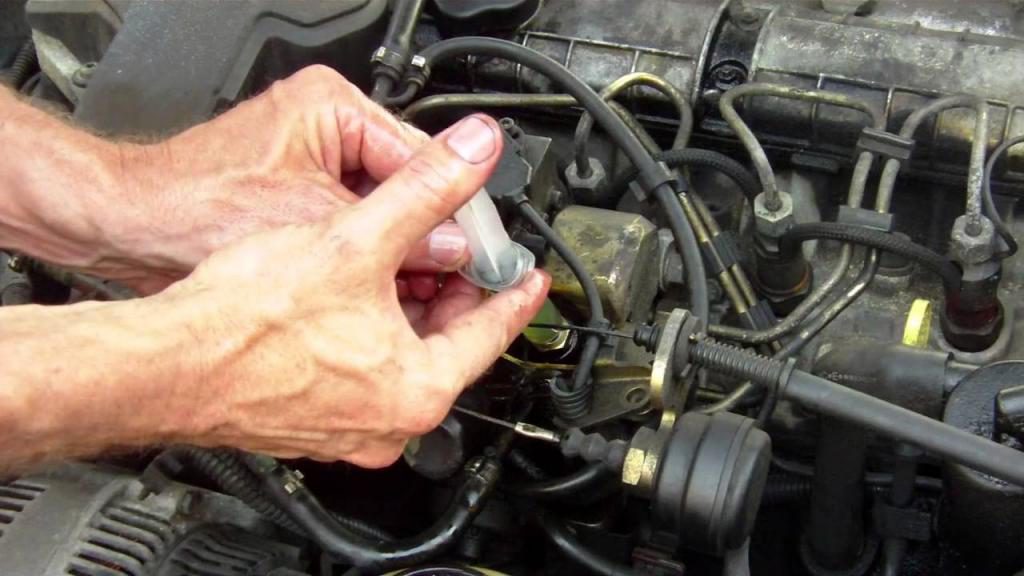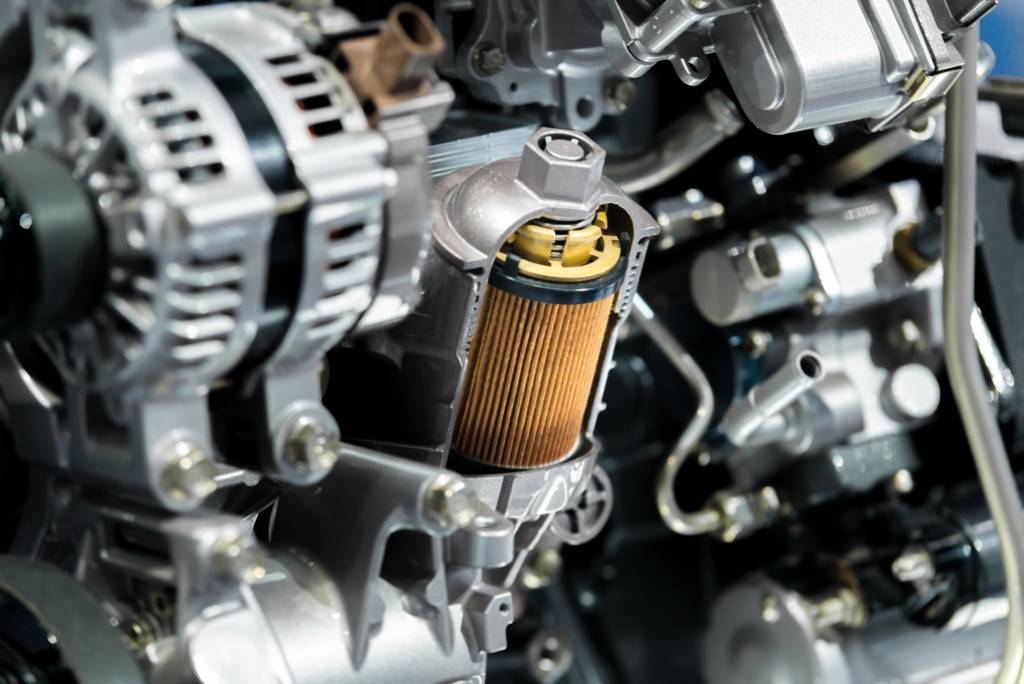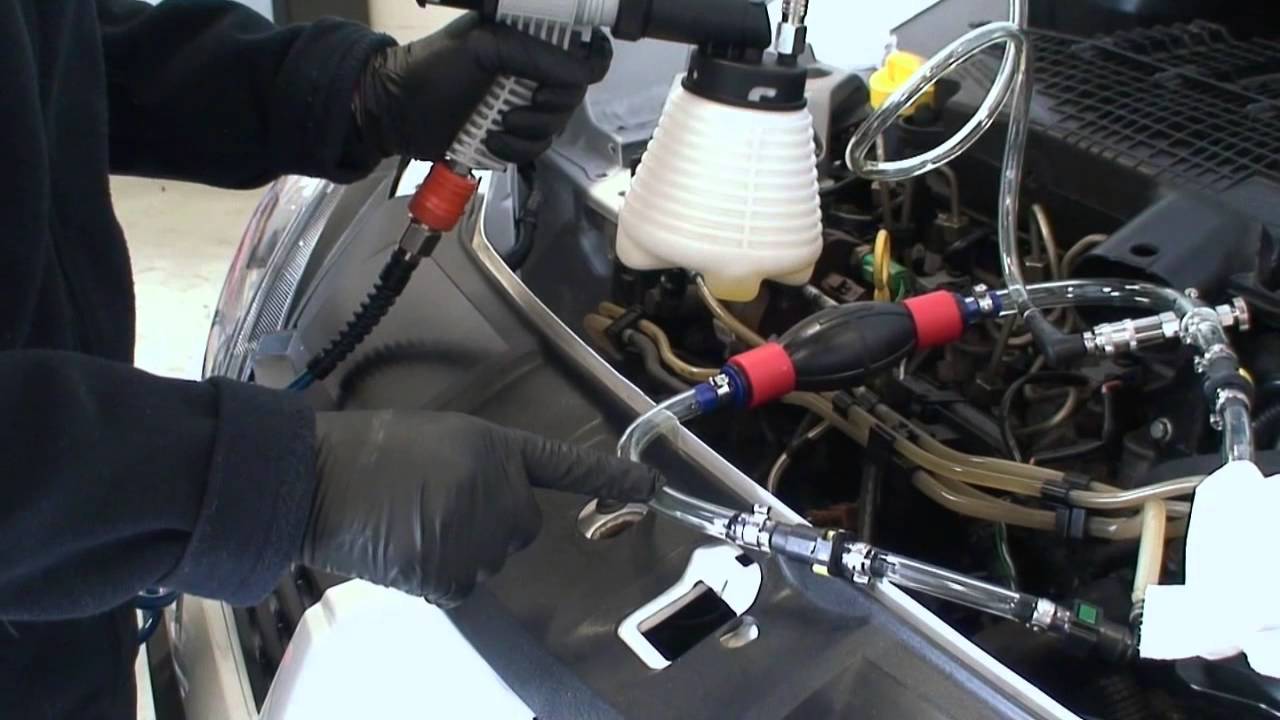Diesel engine priming is to pour the working fluid (diesel) into the car engine and remove the pollutants present inside. So how to prime a diesel engine? Follow along with Car From Japan now!
In general, priming is generally the process of cleaning and preparing equipment before it is put into use. This is an essential process to ensure efficient machine operation. It is also a process of injecting fuel into a fuel injection system or valve system. The process usually includes the same operating fluid to clean unwanted items from the machine. So when it comes to diesel or any engine, the fuel filter is primarily primed. This is because the main function of the fuel filter is to capture contaminants in the working fuel.
For successful diesel engine priming and to avoid system damage, you must use proper priming equipment and procedures. Any air trapped in the fuel system can interfere with ignition, destabilize fuel pressure, or damage the fuel pump.
Contents
Why Do We Need To Prime A Diesel Engine?
Diesel engines work by injecting high-pressure fuel for ignition. At that time, the fuel system must be closed and supercharged for the following fuel to work properly.
When you drain the fuel supply (dry run the engine) or perform engine maintenance, air can enter the fuel system. Airbags in the closed fuel system interfere with the ability to pump fuel from the tank into the injectors, hindering successful ignition.
If you try to start a diesel engine with an airbag in the fuel system, the starter may over-rotate while the fuel pump tries to pressurize the system. Excessive rotation can wear out the starter excessively and drain the battery. In addition, diesel fuel can lubricate the fuel system, including the fuel pumps. If the fuel pump is not lubricated before starting, friction can damage pump components, and pump failure may occur.

This action ensures that the entire system is pressurized and lubricated and that all airbags are “discharged” from the system.
All in all, the classic diesel engine is a complex system that requires careful operation and maintenance. So what is the best/optimal way to prime a diesel engine?
How To Prime A Diesel Engine?
Diesel priming tool you need for a smooth process
Here are some easy-to-find equipment you need for a smooth priming process.
- Mechanical repair manual for engines
- Wrench and screwdriver
- Fuel filter
- Main treatment pump
Step-by-step instructions on how to prime a diesel engine
Step 1. Before going into business, find an excellent mechanical manual to understand the machine well before you work with it. The manufacturer usually provides this. If you can’t find any reliable manual, you can go to a trusted local mechanic center nearby or get the document on the internet as there are numerous sources for you to consult. When you get some theoretical knowledge from mechanical repair manuals, it will be easier to put it into practice.
Step 2. Find the supply valve in the fuel system and open it. In doing this we are allowing diesel access.
Step 3. Open the drain plug of the fuel filter and drain all the air and diesel from the system. Use the priming pump to push out the diesel and air bubbles in the fuel filter. Perform this procedure strictly and repeat until the air bubbles stop escaping. Once completed, close the hemostatic valve.
Step 4. Repeat the same priming procedure in all filters. If you discover any damage to some filters, you should replace them immediately to take advantage of the right time. Don’t forget to mark the bait filters. Do it one by one.
Step 5. Now you can start the engine and idling. When starting, it may not run smoothly, but when the air bubbles are gone, it runs very smoothly.
Note that diesel priming is not easy to do even though it looks easy. Primer is carried out after seasonal changes. Especially in the summer, the car gas tank can run dry. And low-fuel engines can cause car engines to misbehave. In such cases, priming is a crucial action. The high-voltage circuits of these motor systems are usually designed to be self-priming.
>> Check now: 10 Tips to Prolong The Lifespan of Diesel Engines
FAQs On How To Prime A Diesel Engine
How long will you spend to prime a diesel engine properly?
Prime the fuel system by turning on the ignition for 30 seconds, but do not start the engine. This act will allow the pump to prime the system in no tim. Turn off the ignition, then spin it for 15 seconds. If it doesn’t start, repeat the steps above until it starts (key rotation).
How many times do you prime the diesel engine?
In some diesel engines, priming the fuel pump can be as simple as turning the ignition to “run” for a few seconds, turning it off, then repeating it up to four times.
A clogged diesel fuel filter will show what kind of symptoms?
In the event of a clogged diesel fuel filter, the engine may start idling and sound like it is about to stall. This is especially true when it’s cold. After starting, the engine may make a muffled sound due to insufficient fuel entering the engine’s fuel injectors.

How often should you change the fuel filter in a diesel engine?
Diesel fuel is inherently dirty, so the fuel filter is one of the most vital filters on any diesel engine application. They typically require a change every 10,000 to 15,000 miles while modern gasoline fuel filters can go more than 100,000 miles before needing to be changed – if at all.
Wrapping Up On How To Prime A Diesel Engine
The information above explains how to prime a diesel engine and some notices throughout the engine priming process. However, this is only an ideal tutorial for people who understand every piece of mechanic-based knowledge and the mechanism involved in the priming process. Diesel priming should be done preferably by a mechanic, as there will be complex situations that happen unexpectedly in the priming process.



